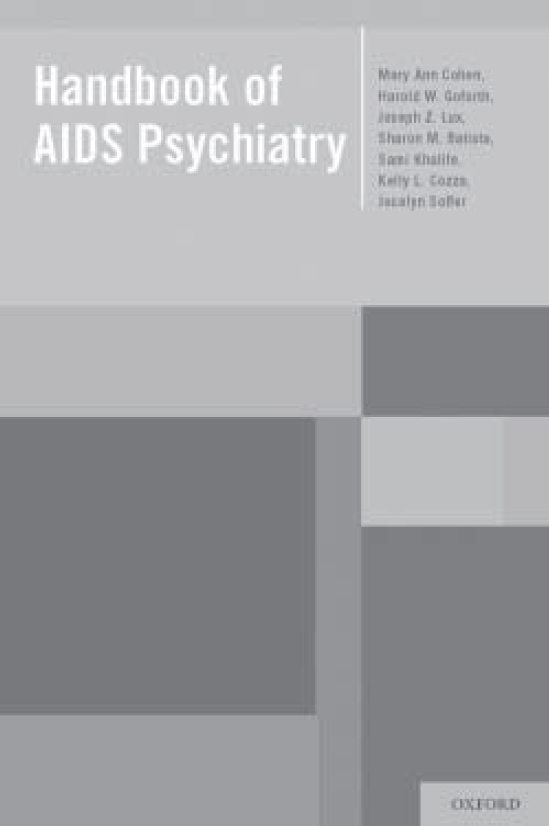
This handbook presents itself as a practical guide for AIDS psychiatrists and other mental health professionals. The preface notes that persons with severe mental illness and substance misuse tend to have a higher prevalence of HIV infection than the general population. The authors go on to say that they aim to provide insight into the interface between the psychiatric, medical and social dimensions of HIV and AIDS, ‘because there is an ample body of evidence that psychiatric care can decrease transmission, improve adherence, and decrease mobility and mortality’. I am not sure I would be quite as upbeat as this.
Attitudes to AIDS have evolved in the Western world. One young man recently diagnosed told me that he was not shocked because ‘it is a treatable disease now, isn’t it’? Female HIV physicians have told me that they would rather have AIDS than breast cancer or insulin-dependent diabetes. We do not know whether the normalisation of HIV vis-à-vis other life-threatening or chronic diseases has contributed to the still relentless rise in infection rates in the UK.
The core clinical issue relates to the direct neuropsychiatric consequences of HIV infection, but this would make for a very short book – which this is not! In addition to the clinical chapters, there are sections on HIV through the life cycle, strategies for primary and secondary prevention of transmission, psychiatric aspects of stigma, palliative and spiritual aspects of care, ethical and legal issues, and resources for caregivers.
Detailed and informative as it is, this book is oriented to the USA, and its biomedical focus means that it misses some of the major practice issues we encounter in an HIV mental health service in London. (At the time of writing, we are at risk of being closed.) For example, the words ‘work’ and ‘employment’ do not even feature in the index, yet it is striking in the UK how few HIV-positive people who are physically well on combination medication are in regular work by comparison with those of similar age carrying other life-threatening diseases.
The authors write that ‘depressive illness is a major cause of distress in a patient with HIV and AIDS’. How are we to be clear that when we diagnose depression we are not simply medicalising situational distress, whether in UK patients or those from abroad? Half of our patients are African women: although many are referred as ‘depressed’, this is a biomedical category that does not exist in the cultures from which they come. Do we know better? I find that I spend a lot of time trying to unstick the label ‘psychotic depression’ from some of these women: in nine cases out of ten, auditory hallucinations are not evidence of active psychosis, but are merely non-specific markers of stress and distress. It is an omission for a clinical textbook aiming to be comprehensive to say nothing about psychiatry and culture.



eLetters
No eLetters have been published for this article.